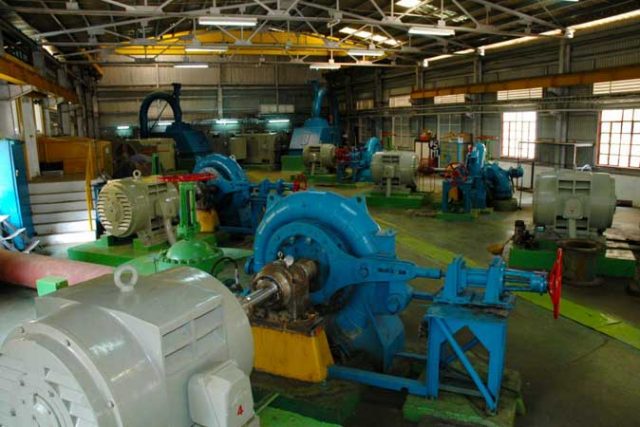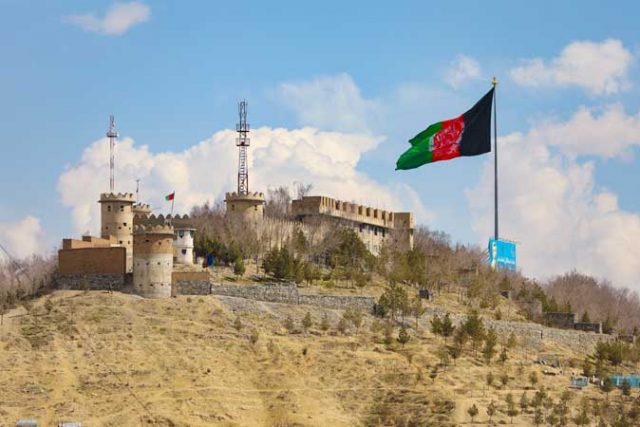VATICAN CITY — A prominent Italian cardinal was among 10 people sent to trial in the Vatican on Saturday for financial crimes including embezzlement, money laundering, fraud, extortion and abuse of office.
Cardinal Angelo Becciu, formerly a senior official in the Vatican administration, as well as two top officials at the Vatican’s Financial Intelligence Unit will go on trial on July 27 over a multimillion-euro scandal involving the Vatican’s purchase of a building in one of London’s smartest districts.
The trial will inevitably bring a swirl of media interest to the tiny city-state surrounded by Rome, and appears to underscore Pope Francis’s determination to cure the rot in Vatican finances, even if it involves messy public hearings.
Mr. Becciu, 73, whom the pope fired from his senior clerical post last year for alleged nepotism, and who has always maintained his innocence during a two-year investigation, becomes the most senior Vatican official to be charged with financial crimes.
The pope personally gave the required approval last week for Mr. Becciu to be indicted, according to a 487-page indictment request seen by Reuters. The Vatican announced the indictments in a two-page statement.
The charges against Mr. Becciu include embezzlement and abuse of office. An Italian woman who worked for him was charged with embezzlement and the cardinal’s former secretary, Father Mauro Carlino, was accused of extortion.
Mr. Becciu said in a statement that he was a victim of a “machination” and reaffirmed his “absolute innocence.”
Carlino’s lawyer said his client was innocent, had been “acting under orders,” and had saved the Vatican millions of euros. He said starting a trial so soon did not give defense lawyers enough time to prepare. Two Italian brokers, Gianluigi Torzi and Raffaele Mincione, were charged with embezzlement, fraud and money laundering. Mr. Torzi, for whom Italian magistrates issued an arrest warrant in April, was also charged with extortion.
There was no immediate response to attempts to reach their lawyers, but both men have consistently denied wrongdoing.
Four companies associated with individual defendants, two in Switzerland, one in the United States and one in Slovenia, were also indicted, according to the document.
POLICE RAID
The investigation into the purchase of the building became public on Oct. 1, 2019, when Vatican police raided the offices of the Secretariat of State, the administrative heart of the Catholic Church, and those of the Vatican’s Financial Information Authority (AIF).
The then-president of the AIF, Rene Bruelhart, a 48-year-old Swiss, and its former Italian director, Tommaso Di Ruzza, 46, were charged with abuse of office for allegedly failing to adequately protect the Vatican’s interests and giving Mr. Torzi what the indictment request called an “undue advantage.”
Mr. Di Ruzza was also accused of embezzlement related to alleged inappropriate use of his official credit card, and of divulging confidential information.
Mr. Bruelhart said in a text message that he had “always carried out my functions and duties with correctness” and that “the truth about my innocence will emerge.”
Mr. Di Ruzza did not immediately respond to a voicemail seeking comment.
In 2014, the Secretariat of State invested more than 200 million euros, much of it from contributions from the faithful, in a fund run by Mr. Mincione, securing about 45% of a commercial and residential building at 60 Sloane Avenue in London’s South Kensington district.
The indictment request said Mr. Mincione had tried to deceive the Vatican, which in 2018 tried to end the relationship. It turned to Mr. Torzi for help in buying up the rest of the building, but later accused him of extortion.
At the time, Mr. Becciu was in the last year of his post as deputy secretary of state for general affairs, a powerful administrative position that handles hundreds of millions of euros. All told, the Secretariat of State sank more than 350 million euros into the investment, according to Vatican media, and suffered what Cardinal George Pell, the former Vatican treasurer, told Reuters last year were “enormous losses.”
Mr. Torzi was arrested in the Vatican in June 2020, and spent a week in custody.
According to the indictment request, Mr. Becciu is charged with five counts of embezzlement, two of abuse of office, and one count of inducing a witness to perjury. About 75 pages of the document are dedicated to Mr. Becciu.
It says Mr. Becciu tried to “heavily deflect” the inquiry into Vatican investments, including the London building, and tried to discredit the investigating magistrates via the Italian media.
Mr. Becciu continued to have influence over money transfers at the Secretariat even after he left the post, according to the document. The main charges against Becciu involve the alleged funneling of money and contracts to companies or charitable organizations controlled by his brothers on their native island of Sardinia.
Another Sardinian, Cecilia Marogna, 40, who worked for Mr. Becciu, was charged with embezzlement. Her cellphone was not connected. The indictment request said she had received about 575,000 euros from the Secretariat of State in 2018-2019.
She has said on Italian television that the money, sent to her company in Slovenia, was to ransom kidnapped missionaries in Africa. But the indictment request said much of it was used for “personal benefit,” including the purchase of luxury goods. — Reuters












